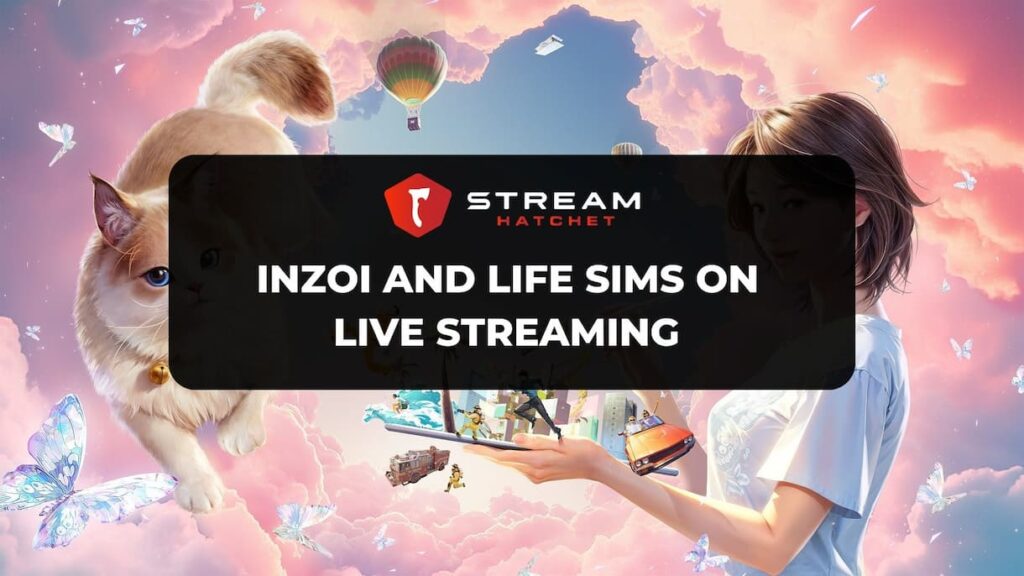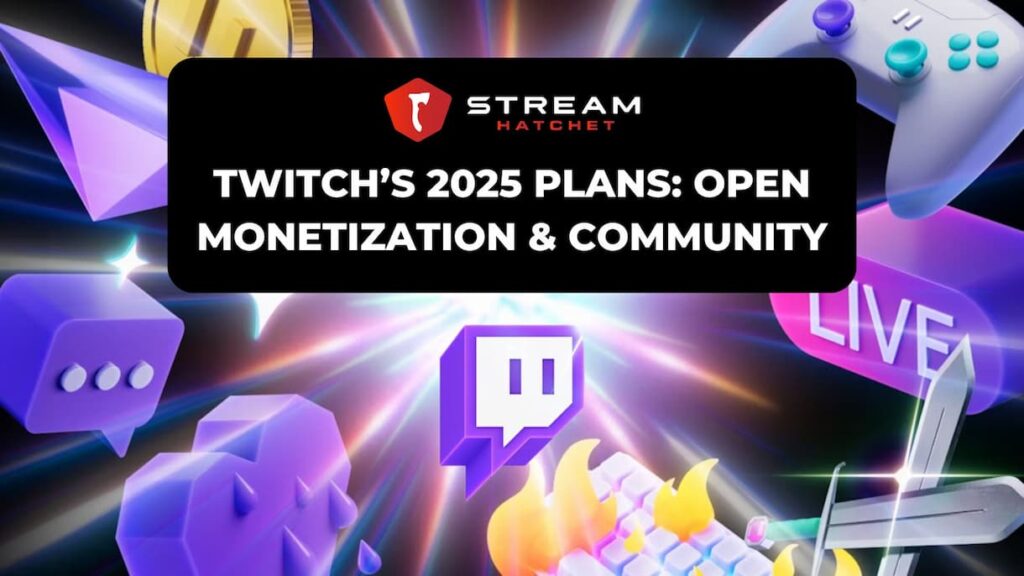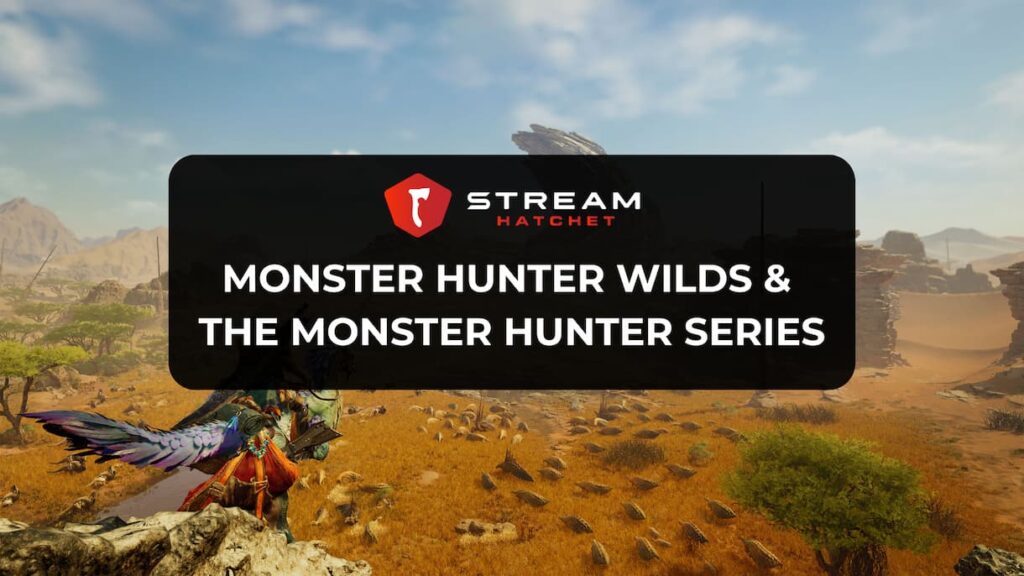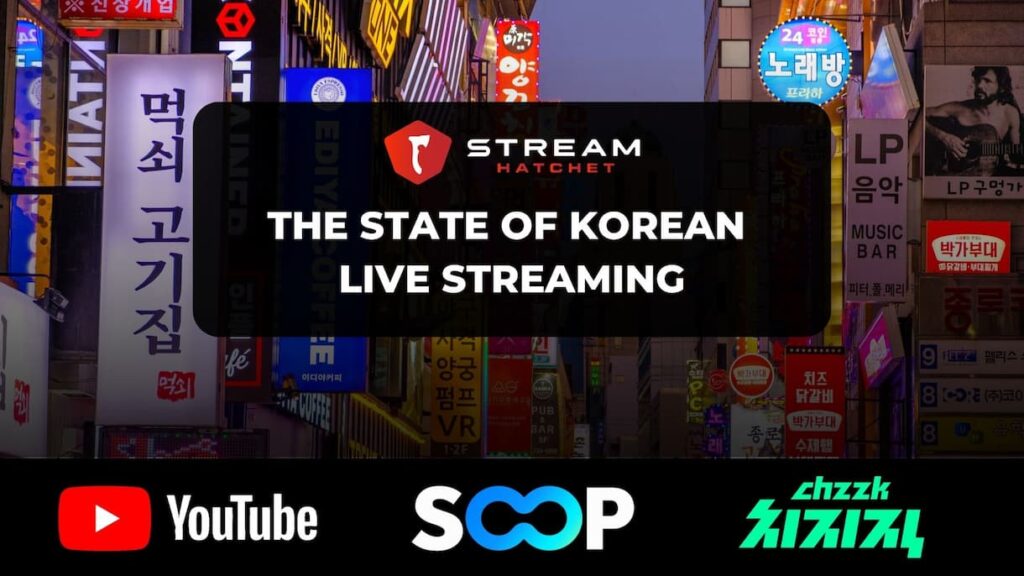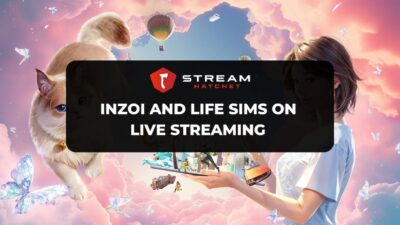With any social media platform, there’s going to be an uneven distribution of fans among the various creators. As early adopters turned into big-name celebrity streamers, it became harder and harder to discover new talent flooding onto Twitch. This has led to a small group of streamers holding the lion’s share of paying Twitch subscribers.
But what does this distribution actually look like? In this article, we’re looking at the distribution of subscribers among a range of differently-sized streamers to determine how many channels fit into each “weight class”, so to speak. We’re also looking at the pros and cons of reaching out to differently-sized subscribers for sponsorship opportunities.
Different Sizes of Twitch Streamer Offer Different Benefits to Sponsors
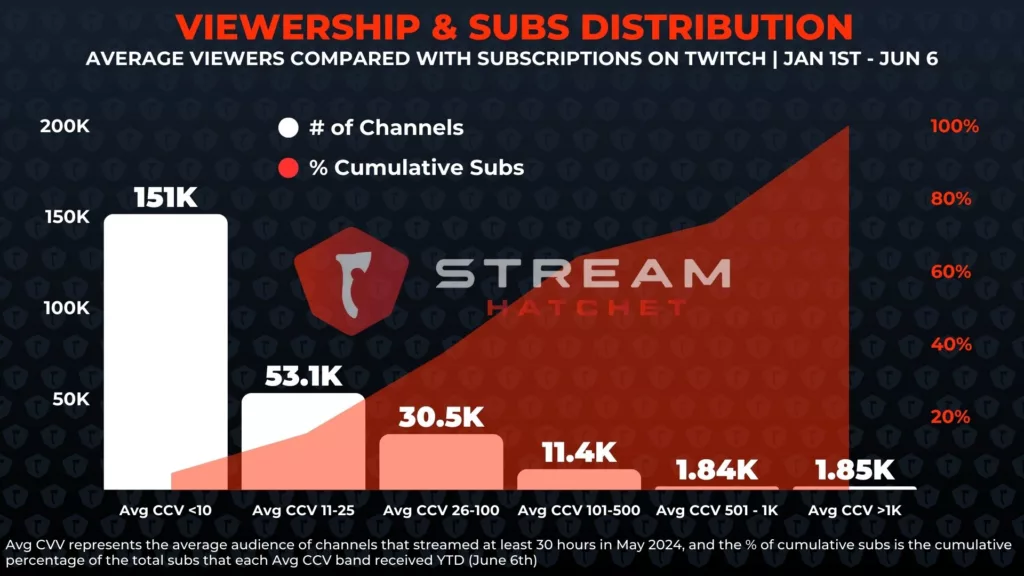
It’s shocking just how many of the total number of streamers have an average audience of less than ten people. 61% of all channels have tiny consistent audiences of less than ten people, yet they account for just 4.4% of all subscribers.
Sponsors rarely look at channels of this size largely due to a discoverability issue – how do you find channels this small? They are also generally less proven content creators, which can make them unreliable partners. However, ten people are ten people: Getting a brand in front of them will stand out far more than sponsoring a mega channel that frequently collaborates with multiple sponsors. Sponsors can also pay far less to small channels as they offer much-needed credibility.
Moving up to mid-sized channels, their credibility starts to increase. Channels with between 11 and 100 average viewers account for 33% of total channels, whilst holding 37% of all subscribers.
This increased subscriber count generally means fans who are willing to part with their money. Plus, these mid-sized channels are hungrier for growth and willing to prove their professionalism. However, choosing these mid-sized channels requires expert knowledge of their core fan base to target fans effectively. When choosing to sponsor a channel in this range, a channel with more than 25 average viewers is recommended since just over one-fifth of their followers are generally subscribers.
Finally, we have the celebrity streamers: A small group of streamers with true influencer status to rival other social media platforms. Celebrity streamers with more than 100 average viewers make up just 6% of all Twitch streamers, but have 58.6% of all subscribers.
These are the big fish who create an idol culture around themselves, obviously lending massive reach to any sponsors who partner with them. But of course, their large reach and easy discoverability make them highly sought-after partners, and that will drive up the cost of partnering. Partnering with a celebrity streamer means competing for attention with other brands as a result.
Targeting creators in different tiers may give marketers the best bang for their buck – especially when finding a niche creator with that many followers. Alternatively, looking for a big follower who happens to already love a specific product may give that sponsor an edge when reaching out.
To learn more about industry trends on live streaming, follow Stream Hatchet:

